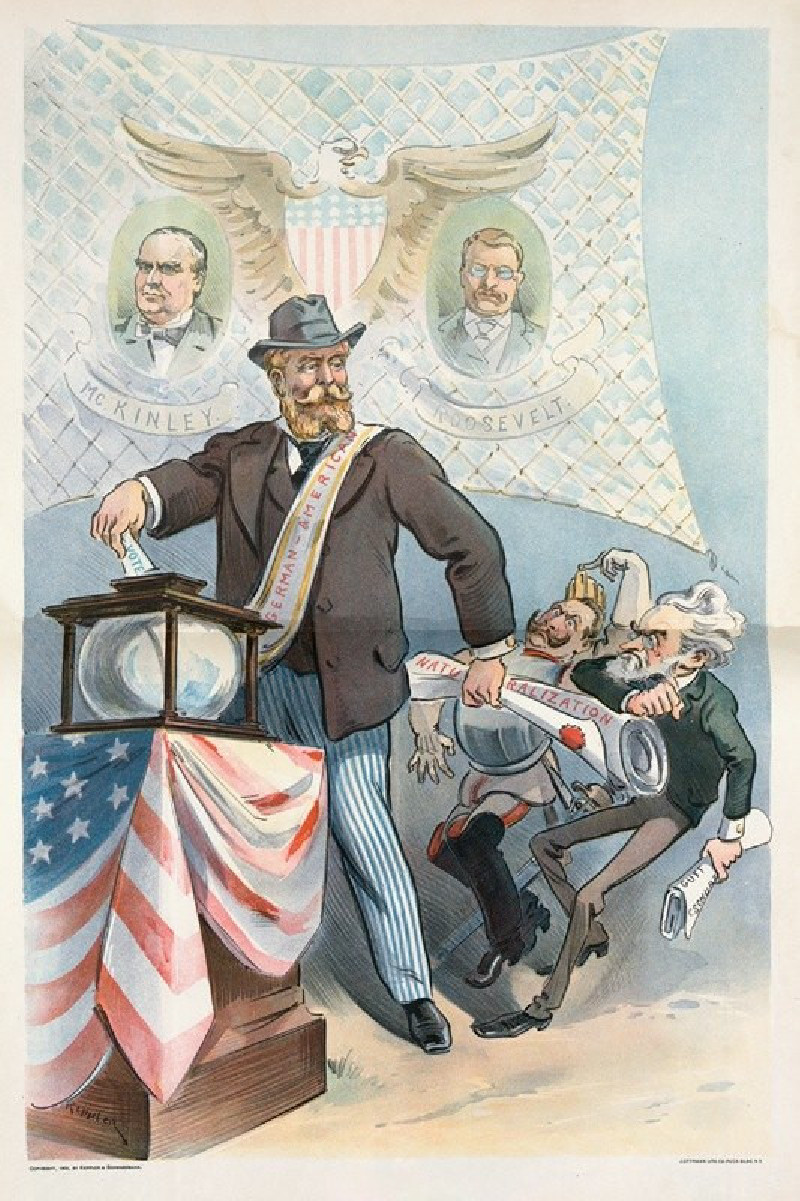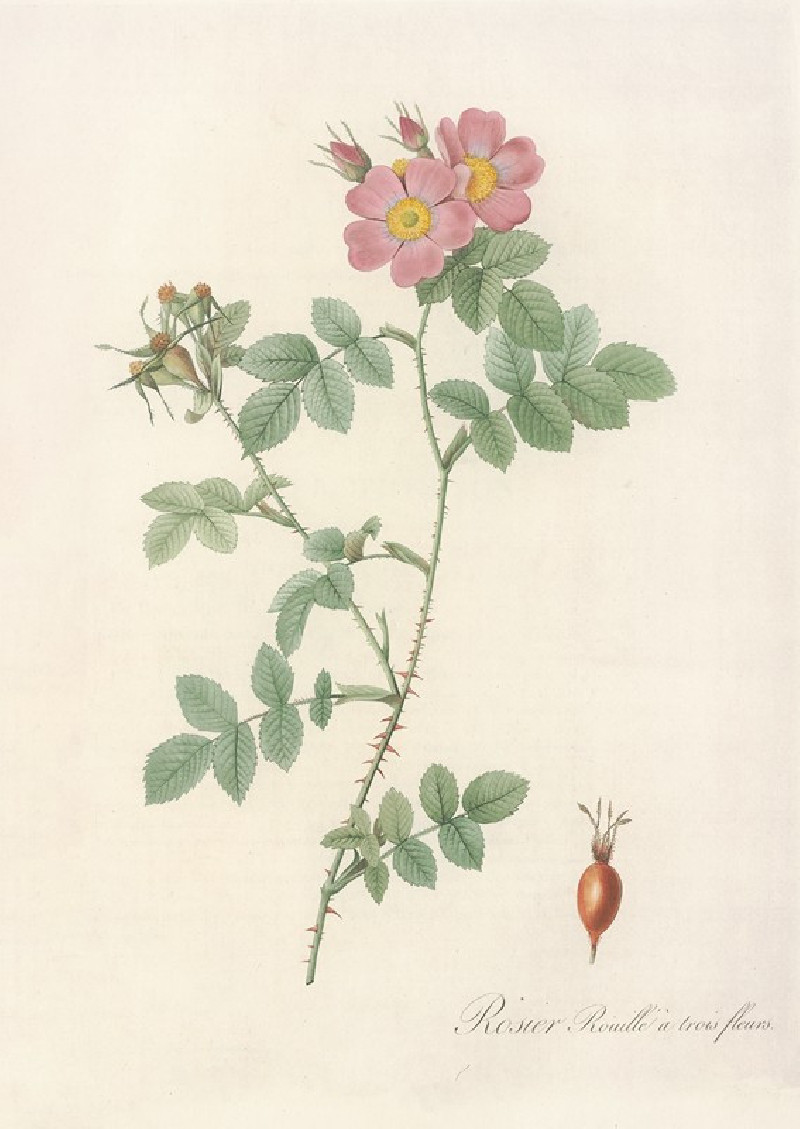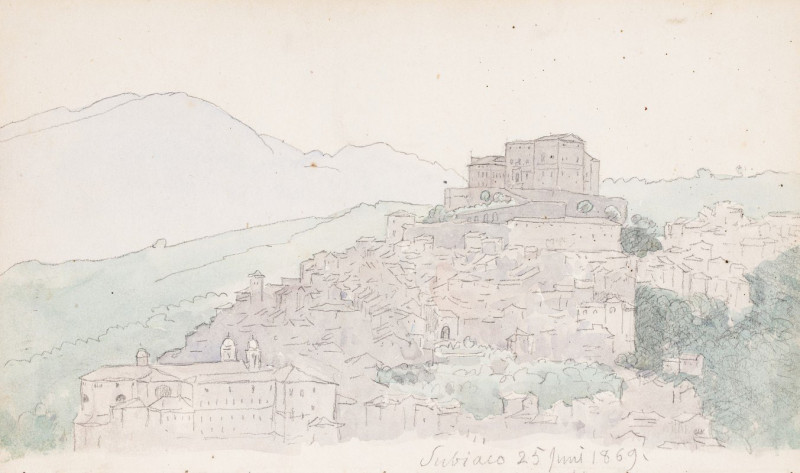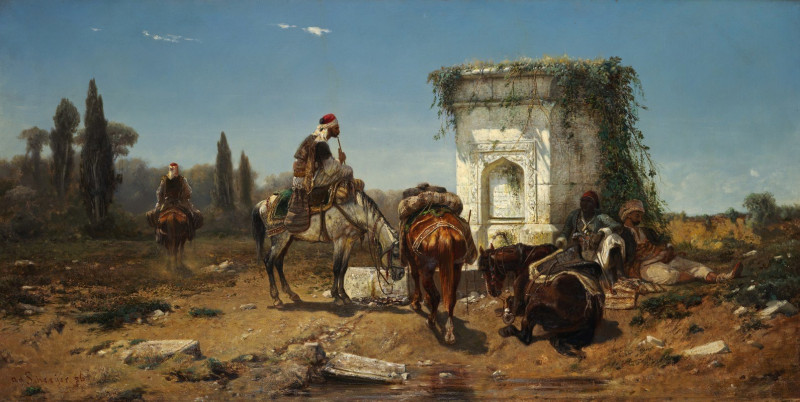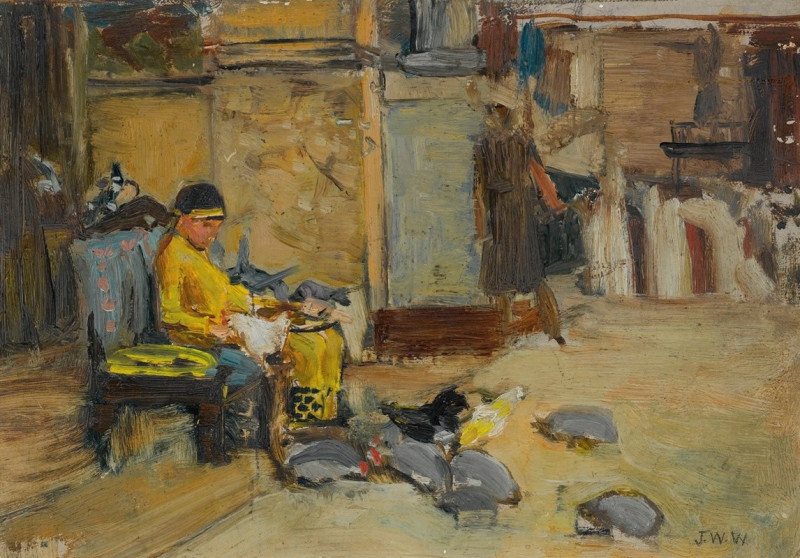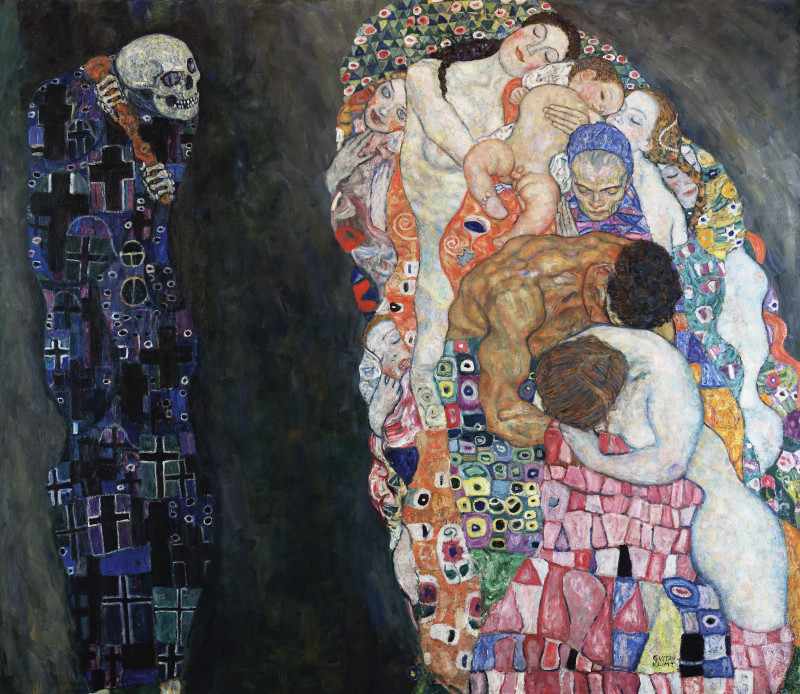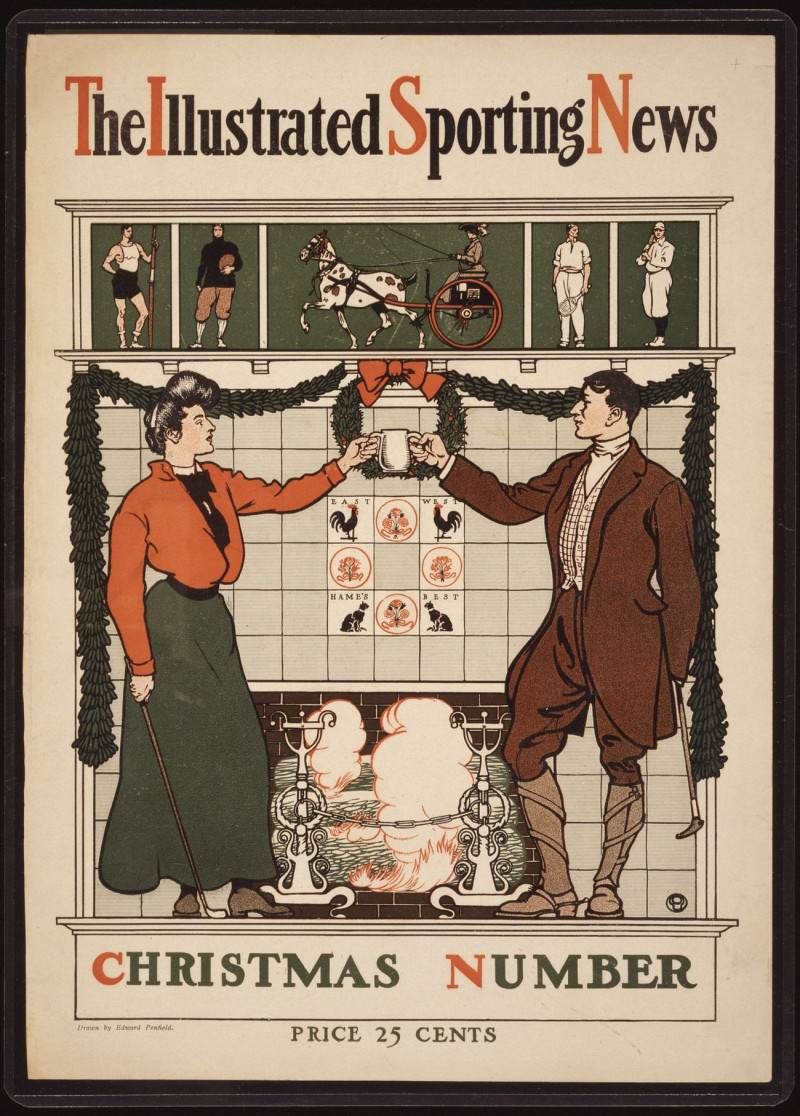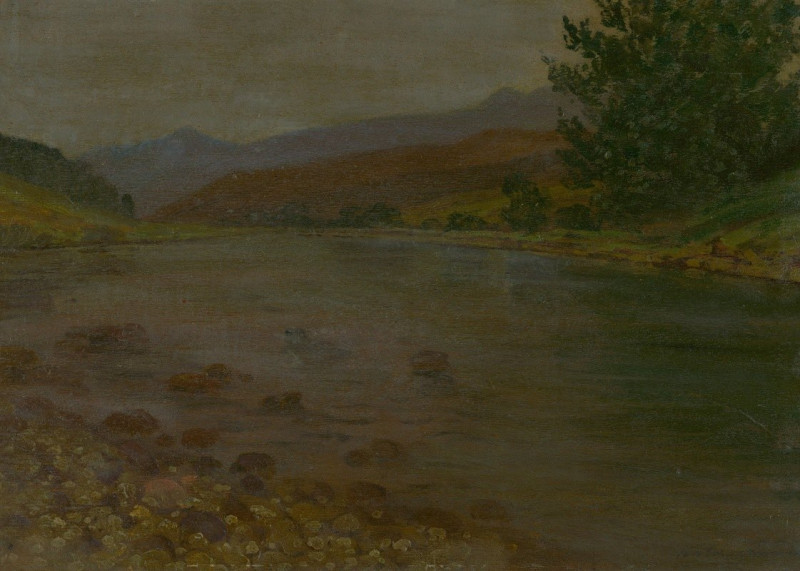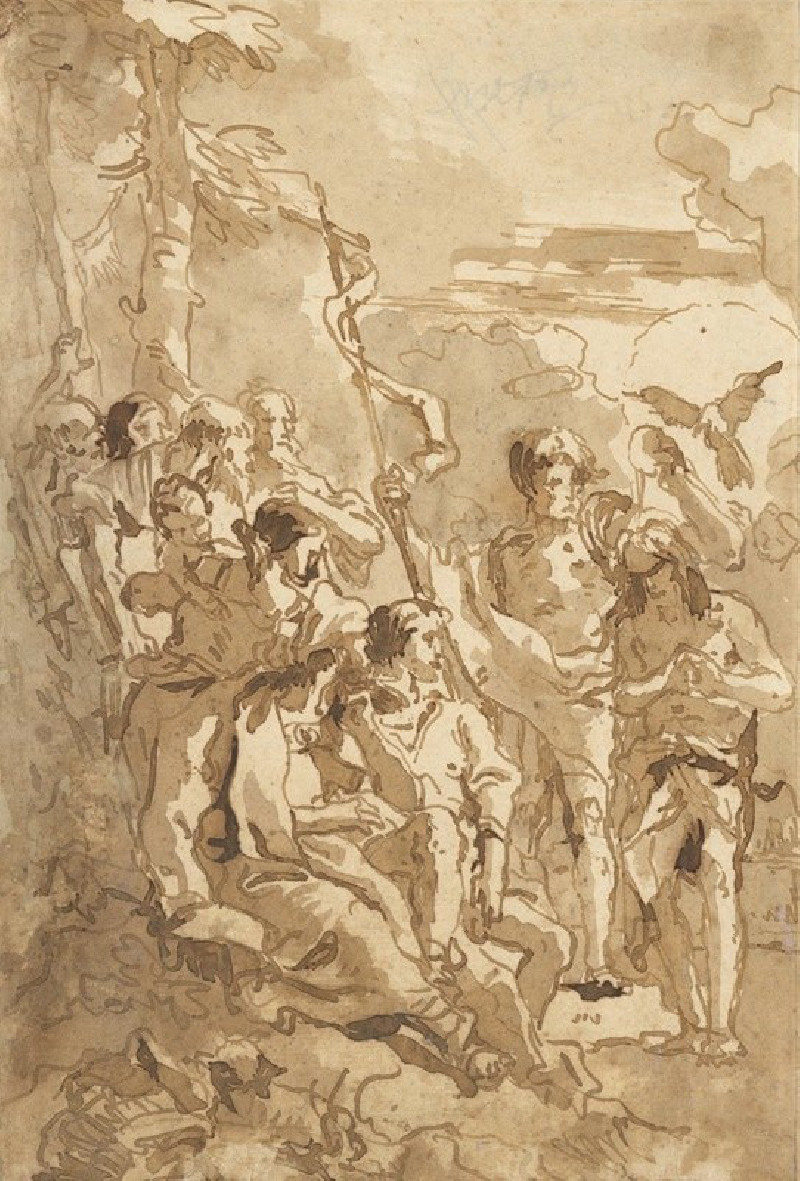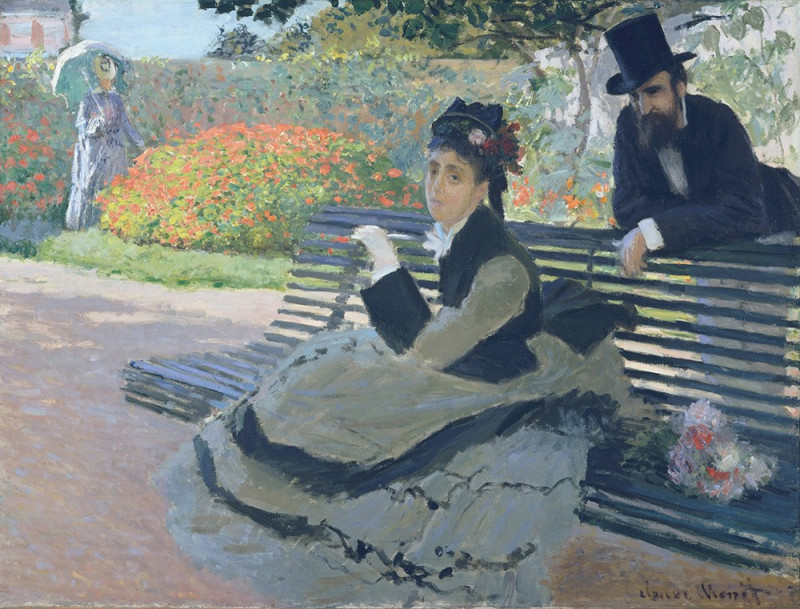Inscription (1921)
Technique: Giclée quality print
Recommended by our customers
More about this artwork
Delving into "Inscription" (1921) by Paul Klee, viewers encounter a captivating tableau teeming with mystique and primitive charm. In this artwork, Klee employs a variety of symbols, lines, and geometric patterns that draw inspiration from ancient scripts and wall engravings. The aesthetic texture and linear techniques mimic that of rudimentary wood carvings or etchings found on ancient tablets.Klee’s creation consists predominantly of a vertical composition wherein each section or layer could be interpreted as a different stanza or narrative, much like reading a vertically scribed artifact. The detailed patterning and arrangement of markings contribute to a rhythmic visual pace, while sections of the painting hold larger glyphs that may signify specific meanings or ideas. Notably, the central part of the artwork contains bold characters resembling an alphabetic script, suggesting words or concepts central to the piece’s abstract language.The magic of Klee’s work is in its open-endedness, inviting viewers to decrypt and interact with the visual language. Each viewer might discern different meanings or stories, reflecting Klee's interest in the subconscious and the cryptic.
Delivery
Returns
Paul Klee was a Swiss-born German artist. His highly individual style was influenced by movements in art that included expressionism, cubism, and surrealism. Klee was a natural draftsman who experimented with and eventually deeply explored color theory, writing about it extensively; his lectures Writings on Form and Design Theory (Schriften zur Form und Gestaltungslehre), published in English as the Paul Klee Notebooks, are held to be as important for modern art as Leonardo da Vinci's A Treatise on Painting for the Renaissance.
































